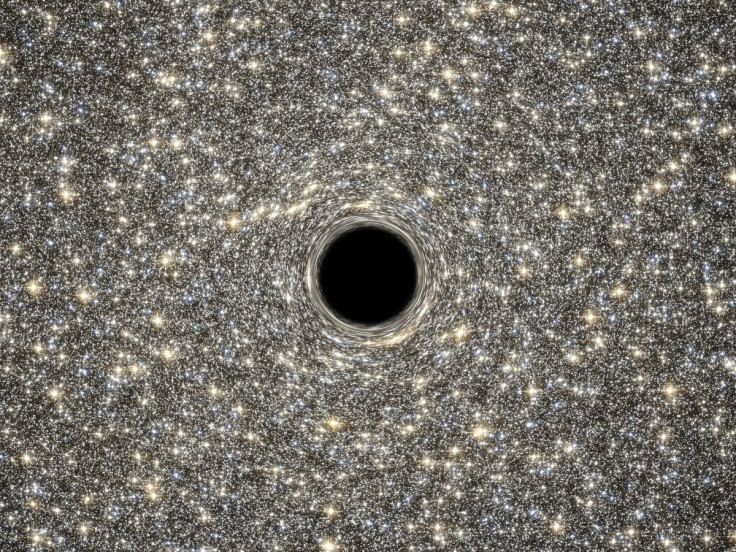Scientists unlock mystery behind first black holes in the early universe
Primordial black holes could explain how heavy elements like gold, platinum and uranium were created.

Physicists have put forward two new theories about how the very first black holes formed in the early universe and the role this played in producing the heavy elements that can be found in nature.
How exactly the first black holes formed is a question that has long been debated by astrophysicists. It is unclear whether they came into existence in the moments after the Big Bang or formed millions of years later, after the first stars began to die.
Researchers the from University of California, Los Angeles (UCLA) suggest that, in fact, these first black holes – known as primordial black holes - may well have formed shortly following the Big Bang and, furthermore, helped to create many of the heavier elements such as platinum, uranium and gold. Their work is published in the journal Physical Letter Review.
In devising the new theory, the UCLA team began with the starting point that a uniform field of energy was present in the universe shortly after the Big Bang. They then proposed that as the universe expanded at a rapid pace, this energy field separated into clumps which were attracted to one another due to the effects of gravity. A small proportion of these merging clumps of energy would have become dense enough to create the first black holes.
Alexander Kusenko, a UCLA physics professor said the new hypothesis does not rely on the "unlikely coincidences" that form the basis of previous theories that attempt to explain primordial black holes.
In a separate study, Kusenko, alongside other UCLA researchers, have also suggested that primordial black holes could play an important role in the formation of heavy elements, whose exact origins have long puzzled researchers.
"Scientists know that these heavy elements exist, but they're not sure where these elements are being formed," Kusenko said. "This has been really embarrassing."
The new hypothesis describes how this could occur. The team think that primordial black holes occasionally collide and merge with neutron stars – the dense, spinning remnants of collapsed giant stars.
The primordial black hole then consumes the neutron star from the inside, a process which can take 10,000 years. As more of the neutron star gets sucked into the black hole, it spins faster, ejecting small fragments of neutron-rich material. As this happens, neutrons – subatomic particles found in the centre of atoms – could fuse together creating some of the heavier elements, Kusenko said.
The UCLA team will conduct further research later on this year, using computer simulations, in an attempt to back up their claims.
© Copyright IBTimes 2025. All rights reserved.





















